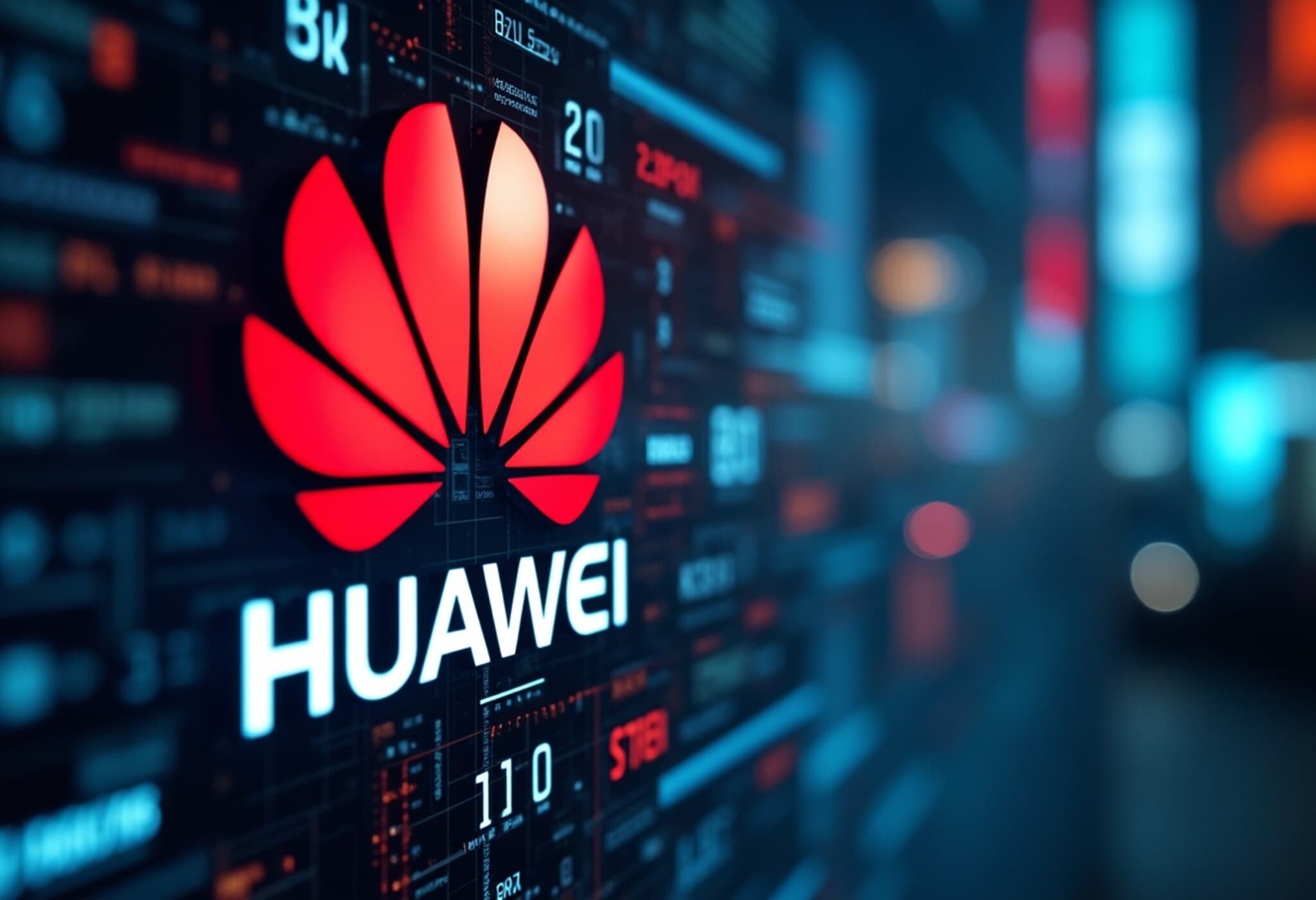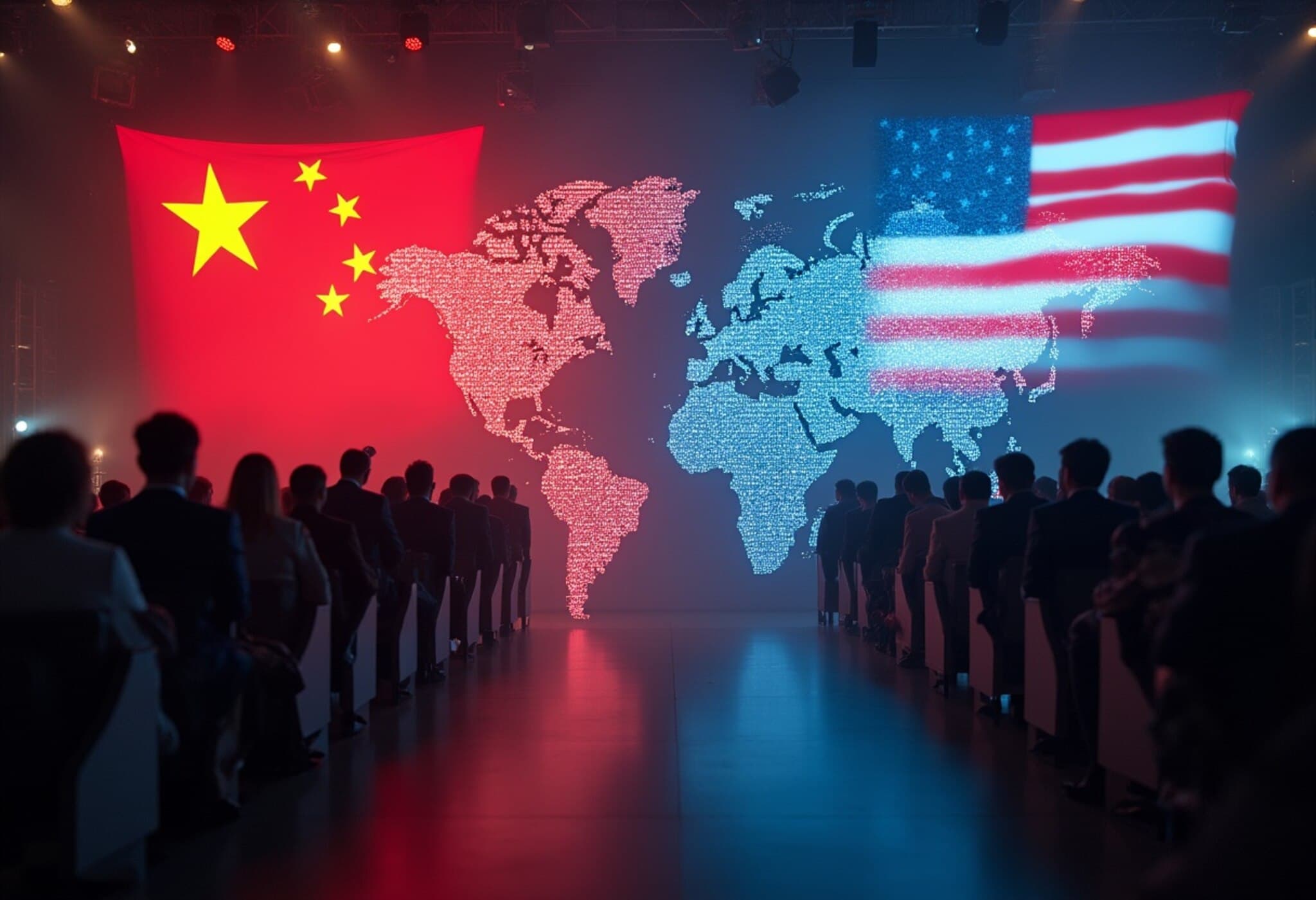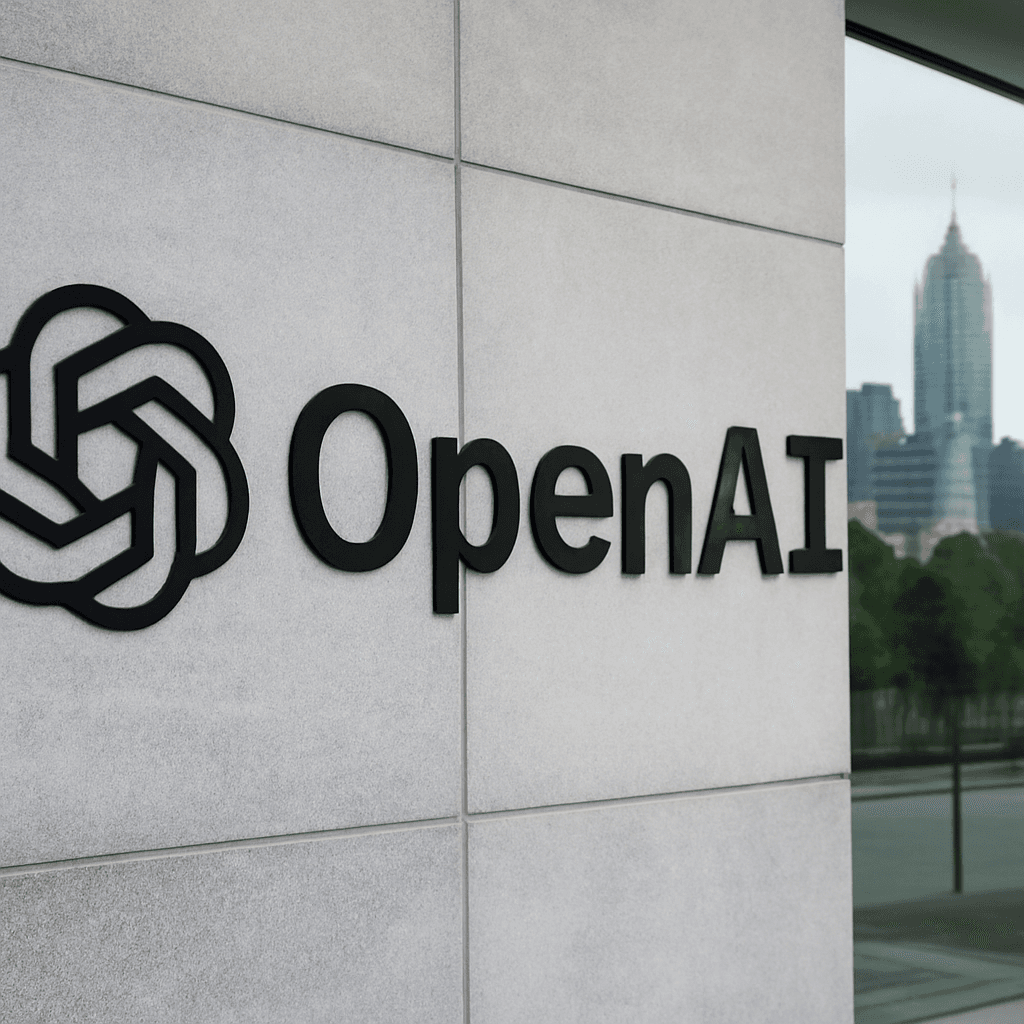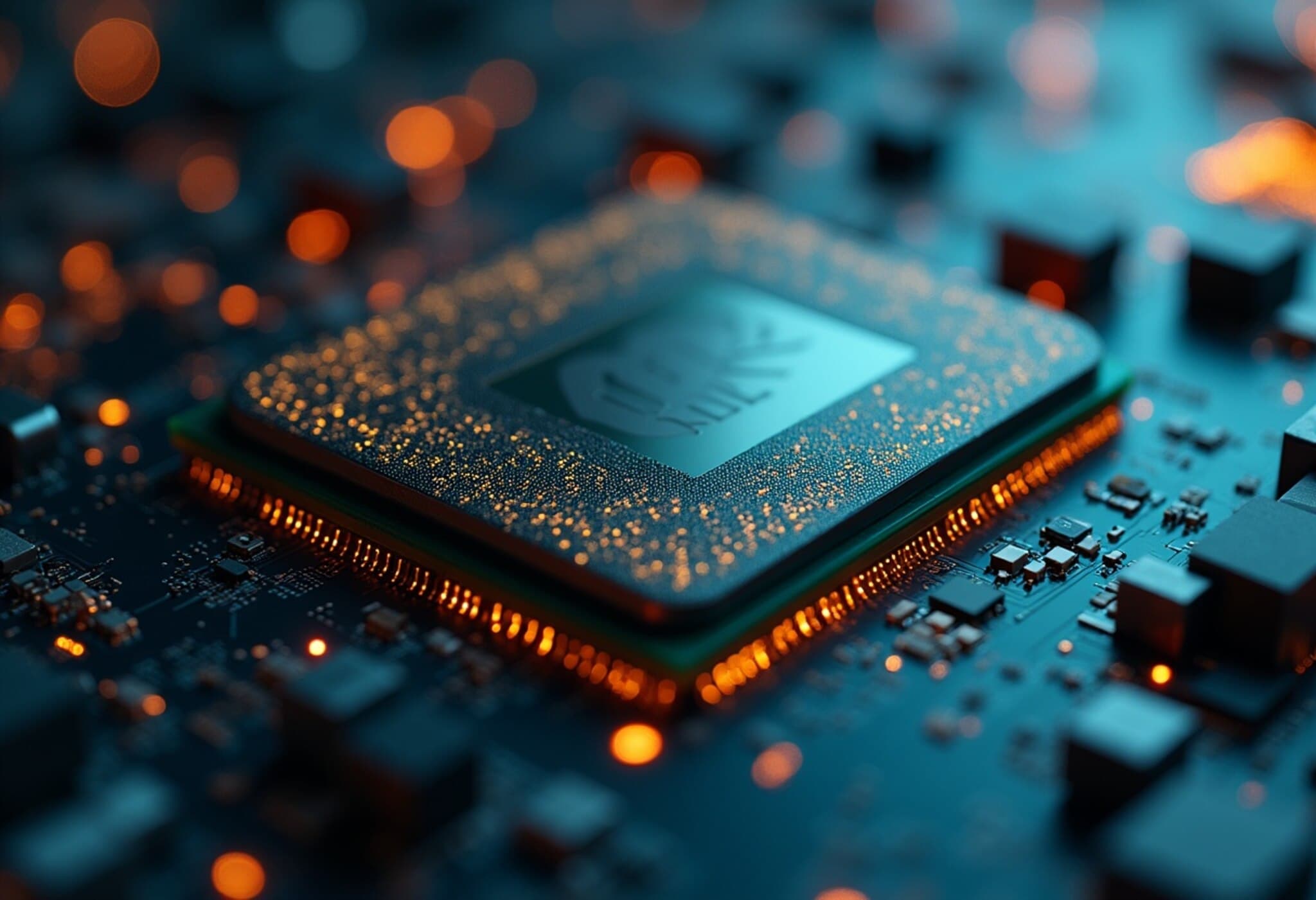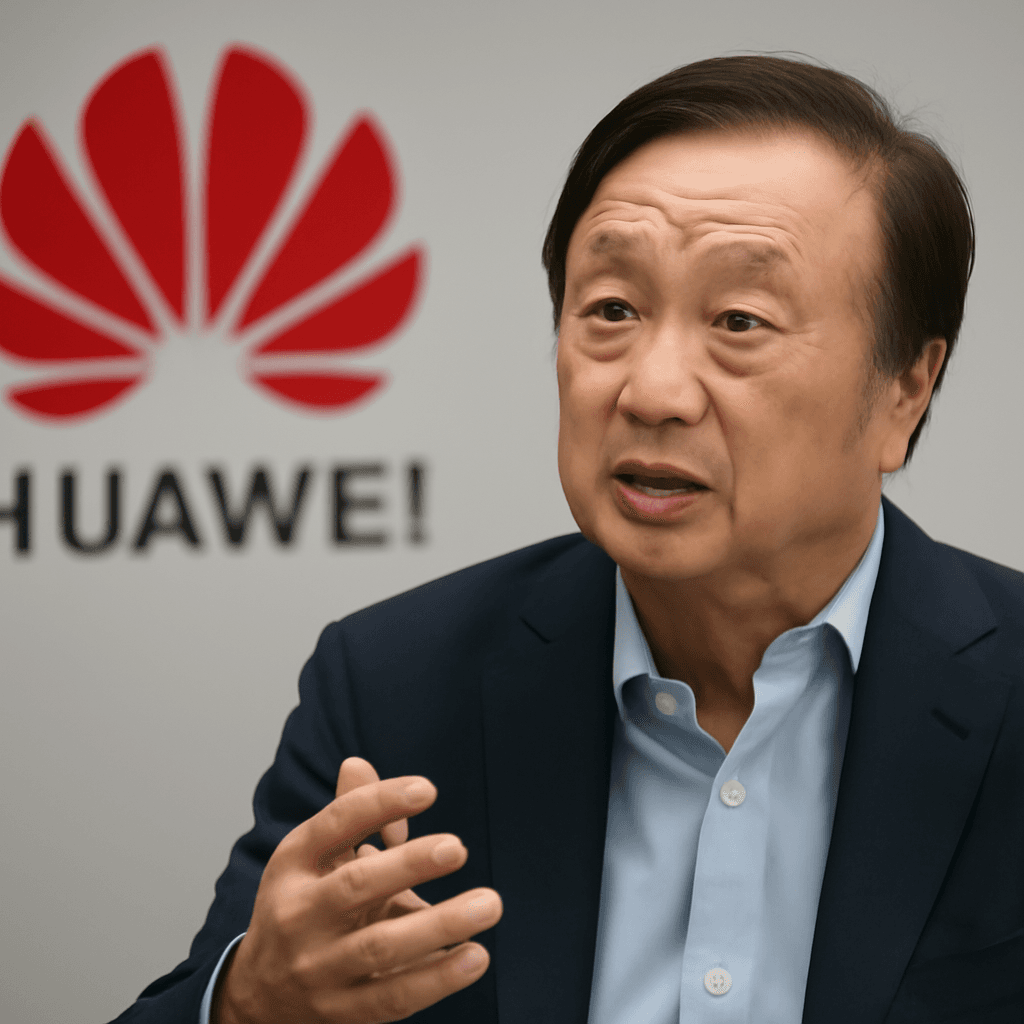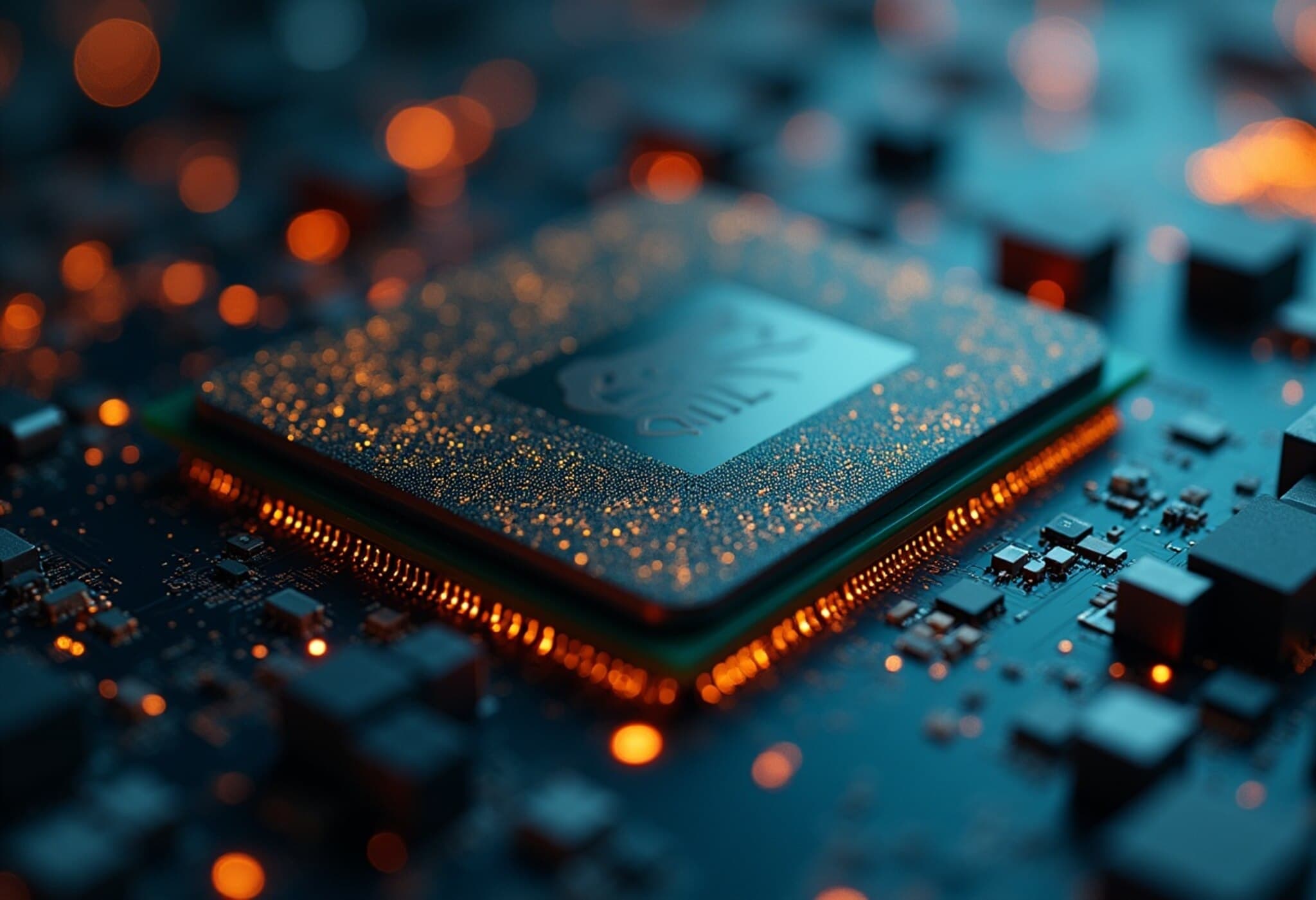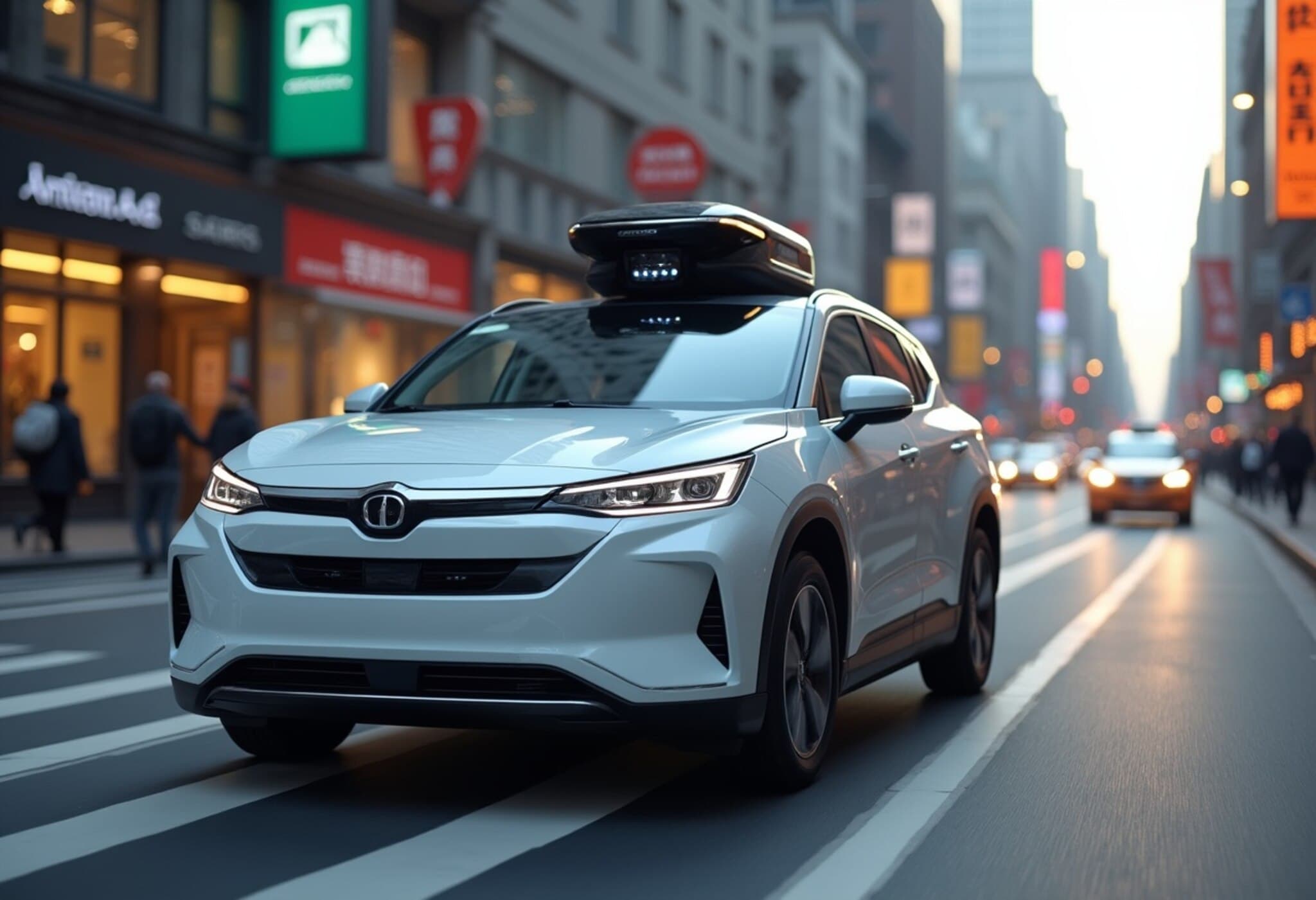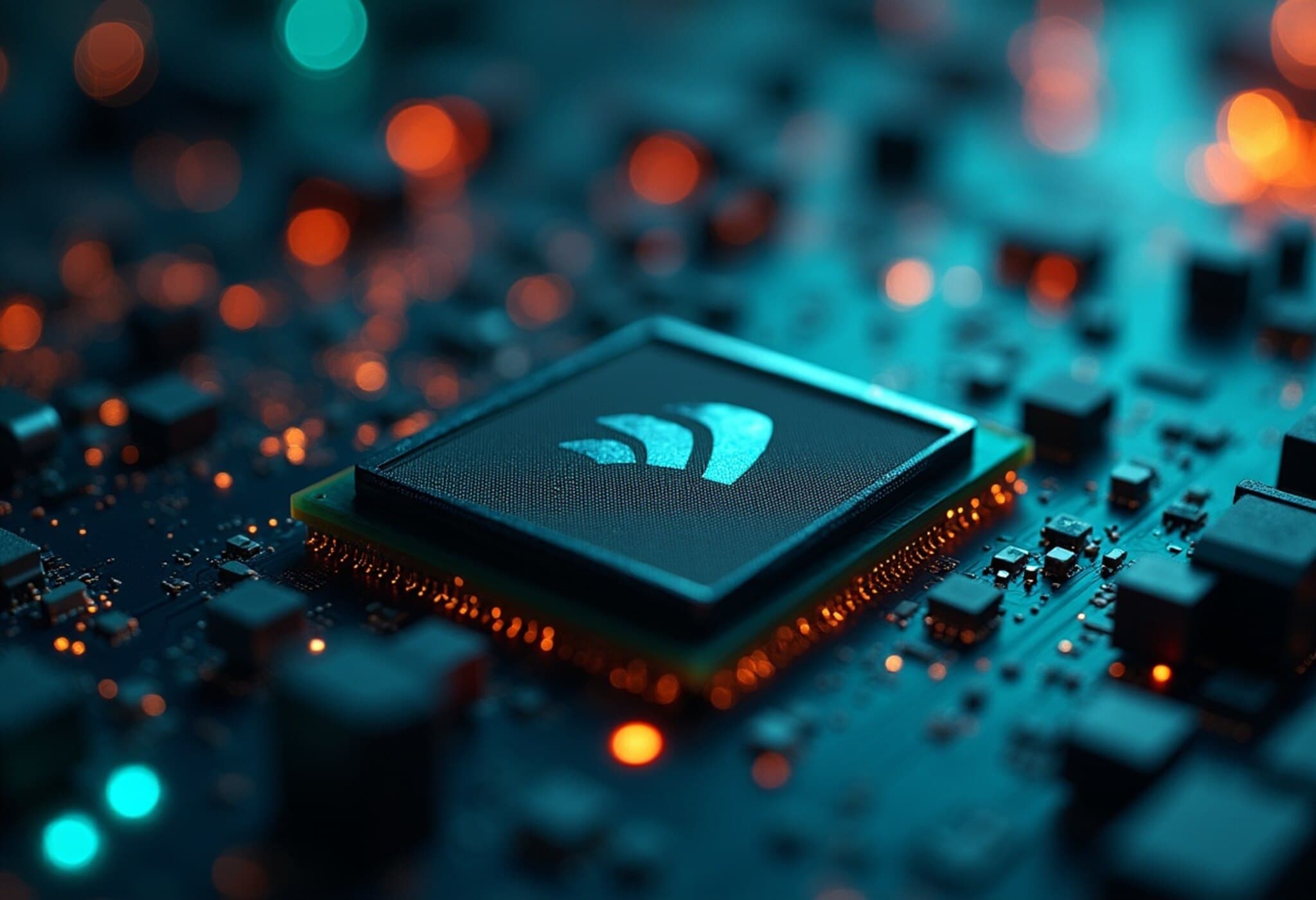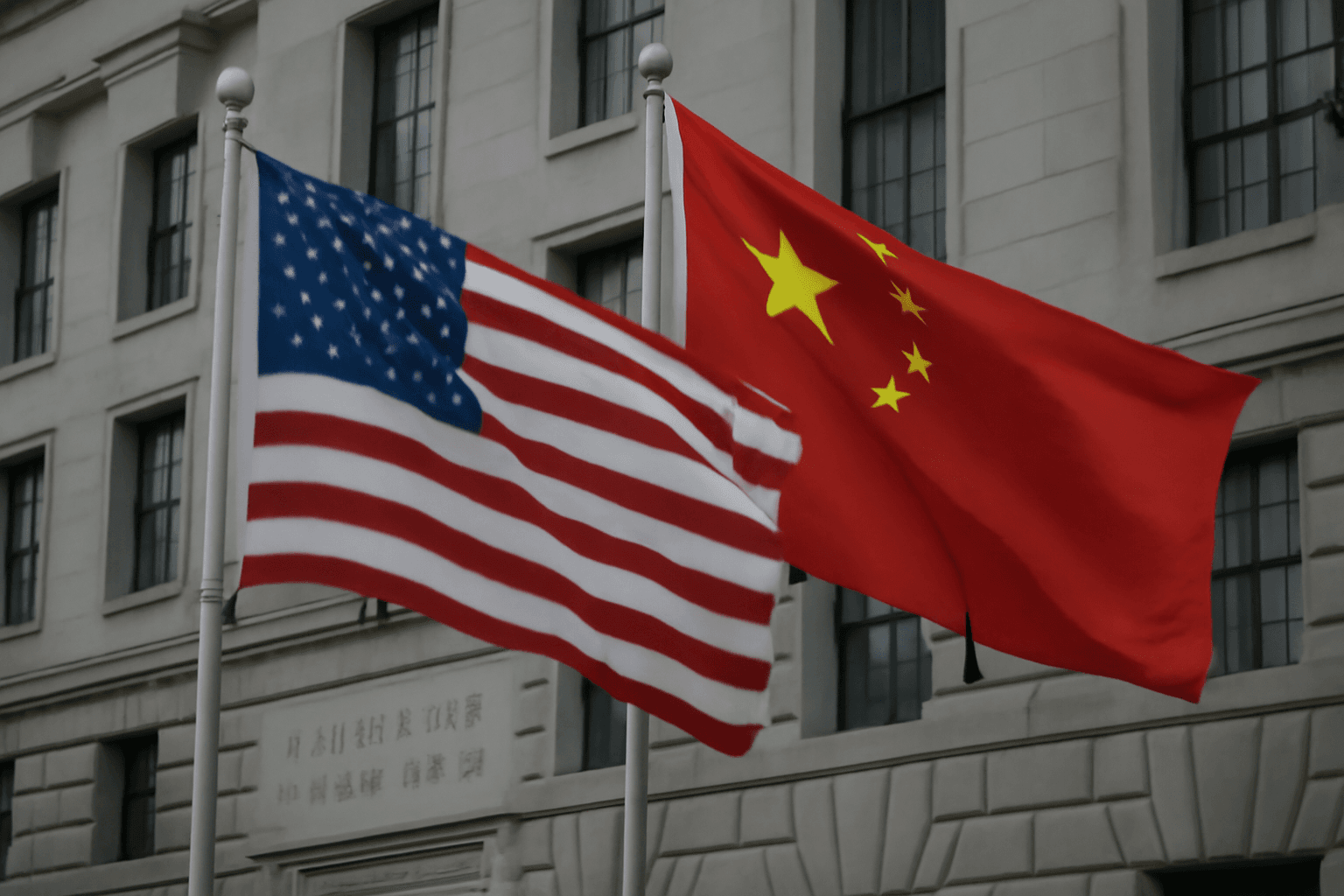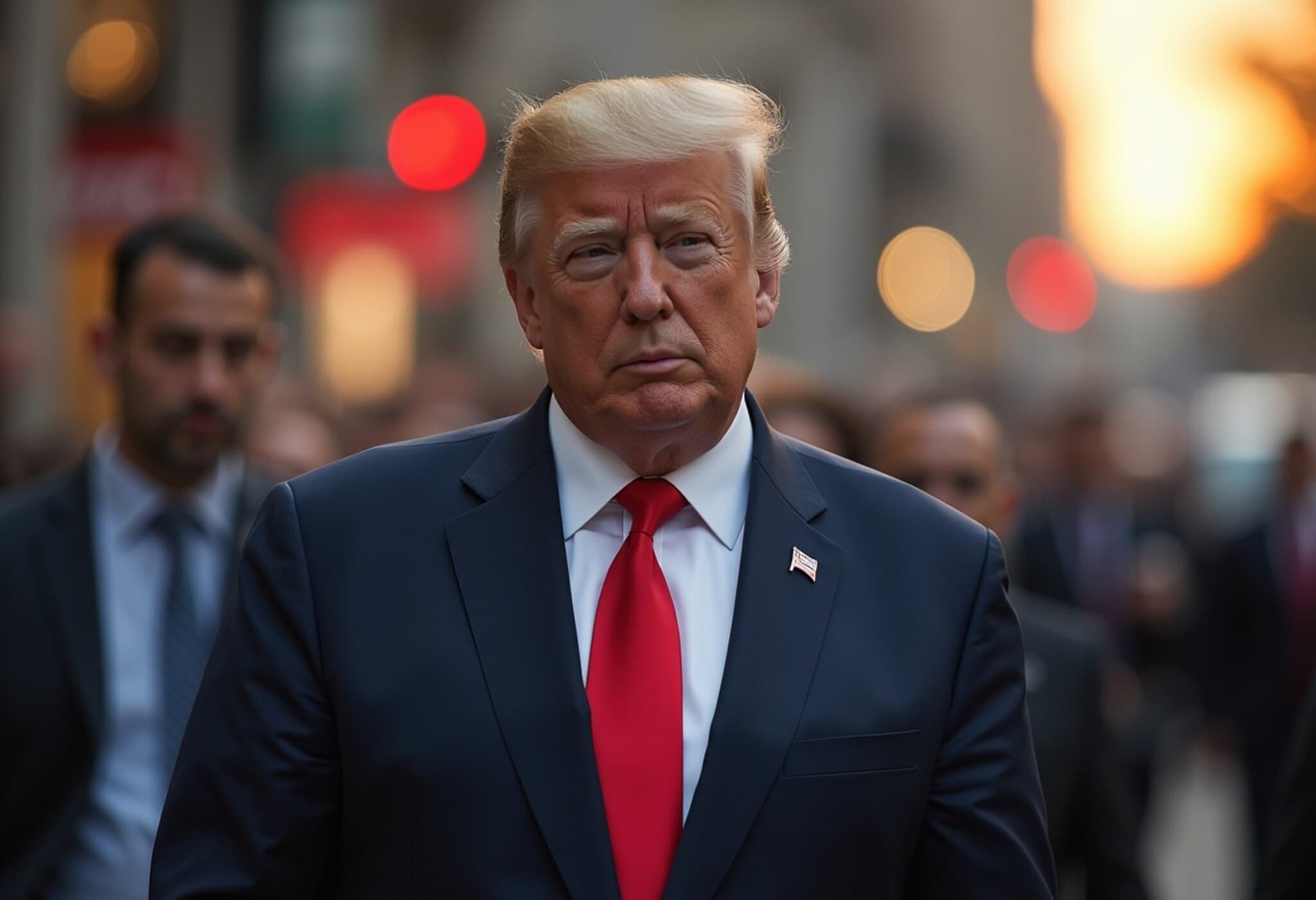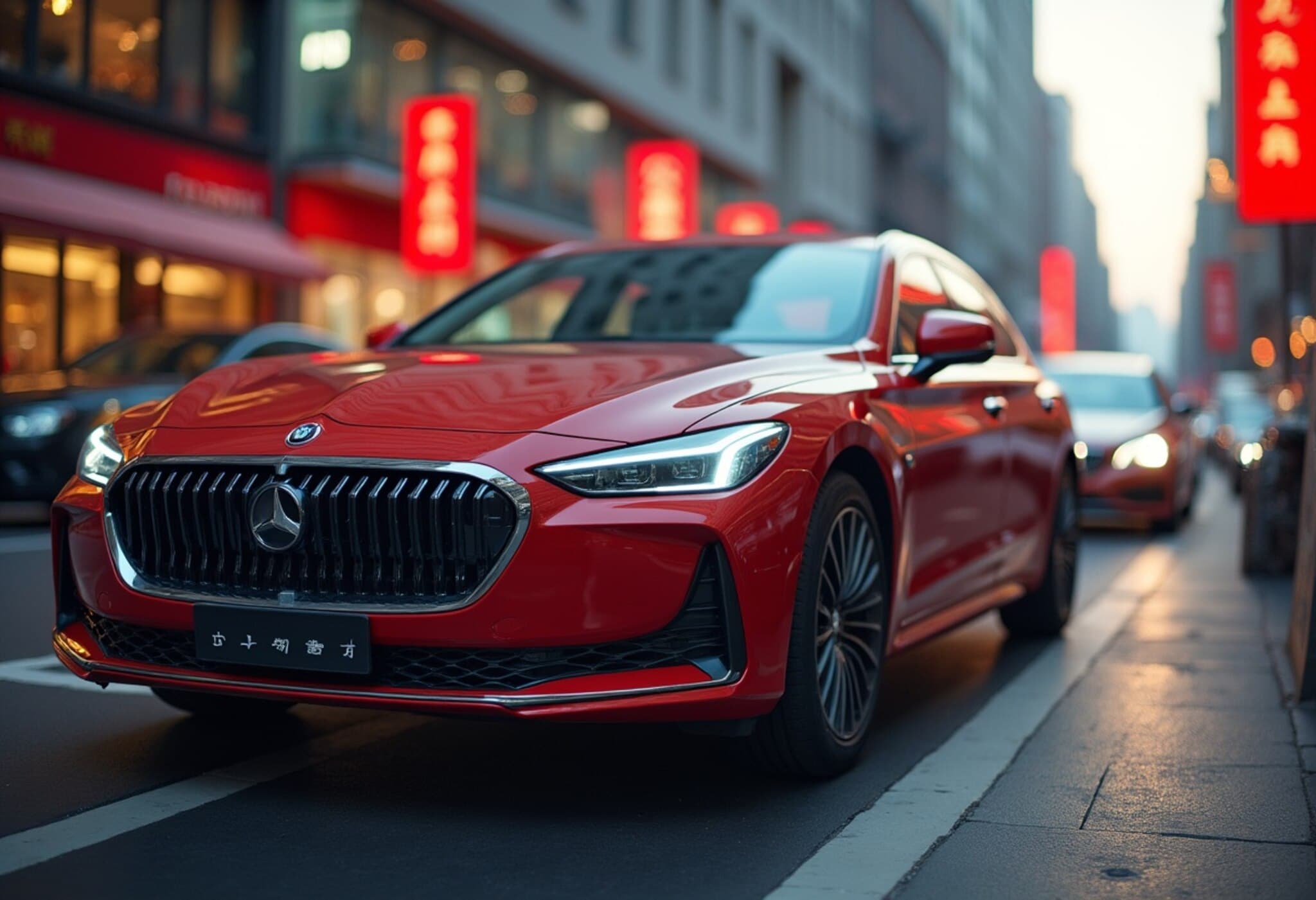Huawei’s Transformation: Beyond Telecom to AI Trailblazer
Despite persistent setbacks from U.S. trade sanctions, Huawei has quietly emerged as a formidable force in China’s rapidly evolving artificial intelligence (AI) landscape. Far from just a telecom company, Huawei has developed a sprawling AI ecosystem—encompassing advanced chips, data centers, large AI models, and industrial applications—positioning itself as Beijing’s strategic alternative to American AI chip leaders like Nvidia.
From Humble Beginnings to Global Reach
Founded in 1987 by Ren Zhengfei in a modest Shenzhen apartment, Huawei began as a mere telephone switch distributor. It expanded rapidly by focusing on developing markets in Africa, the Middle East, Russia, and South America before gradually penetrating Europe and other technology-intensive regions. By the late 2010s, Huawei was not just a telecommunications giant but also one of the world’s largest smartphone manufacturers and a chip designer through its semiconductor subsidiary, HiSilicon.
U.S. Sanctions: A Challenge and a Catalyst
Huawei’s meteoric growth attracted intense scrutiny, especially from the U.S., which deemed the company a national security risk. The 2019 U.S. trade blacklist restricted Huawei’s access to American technology, dramatically curtailing its ability to source advanced semiconductors and components. This embargo dealt a severe blow to its consumer business, halving smartphone sales between 2019 and 2021.
Paul Triolo, senior vice president at DGA-Albright Stonebridge Group, notes, “Ironically, these export controls pushed Huawei closer into the embrace of the Chinese government, a move their CEO had long resisted.” This state backing has, in effect, turbocharged Huawei’s AI ambitions, making the restrictions a paradoxical accelerator for innovation.
Huawei’s AI Renaissance: Innovation Amid Adversity
Refusing to succumb to pressure, Huawei doubled down on AI chip development. In 2019, it unveiled the Ascend 910 AI processor, part of a wider strategy to establish a “full-stack, all-scenario AI portfolio.” Severed from leading chip foundries like TSMC due to sanctions, Huawei collaborated with domestic manufacturers such as SMIC, making strides in domestic semiconductor capability despite production scale constraints.
Rivaling Nvidia: A New Contender Emerges
Huawei’s AI CloudMatrix 384, launched in 2025, connects 384 Ascend chips in a data center cluster that reportedly outperforms Nvidia’s competing systems on select benchmarks. Huawei isn't just emulating Nvidia’s prowess—it’s redefining AI infrastructure by integrating hardware and software seamlessly.
Moreover, Huawei has developed its proprietary "CANN" software stack to streamline AI model development and deployment. However, interoperability with global AI tools remains a work in progress, posing challenges for wider adoption outside China.
The Ascend Ecosystem Strategy: More Than Chips
Huawei’s AI ambitions stretch well beyond silicon. Its “Ascend Ecosystem Strategy” integrates:
- Next-generation AI chips and cloud infrastructure
- AI models tailored for specific industries such as healthcare, finance, and automotive
- Comprehensive AI applications, deployed with on-site teams to transform industrial sites, from remote coal mines to smart cities
This holistic approach leverages Huawei’s vast technological infrastructure, including its growing portfolio of AI-powered data centers under Huawei Cloud, which launched in 2017 to rival Amazon Web Services and Microsoft Azure.
Industry-Specific AI: The Pangu Models
Unlike general-purpose AI like GPT-4, Huawei’s Pangu models target vertical industries, unlocking customized AI solutions for medical imaging, financial analytics, government operations, and manufacturing automation. These efforts reflect a deliberate strategy to embed AI into China’s core economic sectors.
Jack Chen, vice president at Huawei’s Digital and Intelligent Solutions business, highlights how the company’s AI technology is already operational in diverse environments—and not just within China. Thanks to scalable 5G networks combined with AI and cloud services, these solutions are poised for replication across Belt and Road countries in Central Asia, Latin America, Africa, and the Asia-Pacific region.
Global Implications and Future Outlook
Patrick Moorhead of Moor Insights & Strategy forecasts Huawei could progressively establish a dominant AI footprint in Belt and Road countries over the next decade, mirroring its earlier success in telecommunications.
Huawei’s trajectory raises critical questions about the future tech landscape amid geopolitical tensions:
- Can Huawei’s integrated AI ecosystem challenge the U.S.-dominated semiconductor and AI software markets on a global scale?
- How will continued sanctions and export controls shape innovation strategies on both sides?
- What role will state support play in the race for AI supremacy?
For American policymakers and industry watchers, Huawei’s evolution underscores the strategic complexity of the U.S.-China technology rivalry, revealing an adversary that adapts and innovates under pressure.
Editor’s Note
Huawei’s ascent from a telecom equipment vendor to an AI powerhouse exemplifies resilience amid geopolitical adversity. Its comprehensive AI ecosystem strategy embodies a broader shift as technological innovation increasingly intertwines with global strategic competition. Observers should watch carefully not only the capabilities but the geopolitical context shaping Huawei’s future moves—especially as AI transforms critical sectors worldwide.

